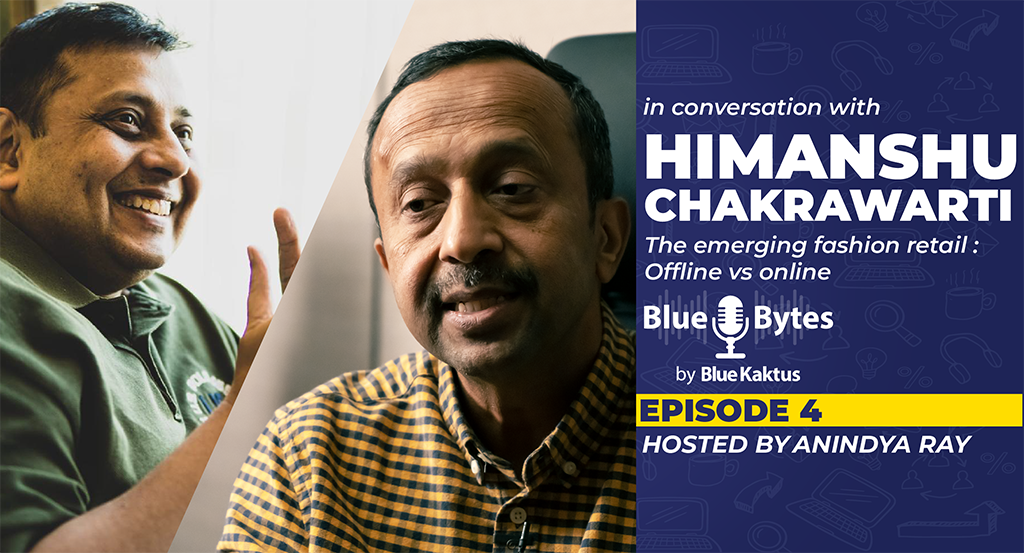COST OF DECISION MAKING
Every decision comes with a cost…
One’s which are made & one’s which are not made too...
Here are my insights into the process of decision making...
As a business leader, you're always making decisions. Decisions about strategies, priorities, people & so on. Each of these decisions comes with a cost, and sometimes better decisions come at higher costs. Surprisingly, non-decisions also cost the organisations equally.
Decision making is not an easy process. It's always important to evaluate & learn from past decisions in order to make future decisions. To fairly evaluate past decisions we should consider not only what information might have been available, but the information that the decision-maker could afford to use. The same applies to future decisions. The value of additional information is often the same as the value of greater precision.

Acting on impulse during decision-making
As humans, we tend to solve problems quickly, especially when is (emotional, physical, financial aspects) are involved.
This means that more often than not, we allow for immediate decisions to be made without careful consideration. Specifically, when emotions are involved we are more likely to act on how we “feel” rather than with “logic”.
Only listening to those who agree with you
We, humans, want to be right all the time. This is something I have done many times. That's why we prefer to interact with those who share similar opinions as us. Our instinct is to stay away from those who challenge our thinking process.
When it comes to decision-making, we tend to seek advice & opinions only from those who share the same views and will affirm ours.
Not anticipating emotions before decision-making
Decisions have direct or indirect consequences on everyone's emotions too. Unaware of this, many times we make decisions that personally affect the team and the company.
One who understands the emotions of others may utilise that perceptivity to prevent the potential for negative outcomes by addressing those emotional issues before making a decision.
Narrow framing a decision
We humans sometimes look at decision making in binary terms; i.e choosing between option A & B. With this vision, we overlook option C & D. When confronted with a decision-making scenario, we have a tendency to look at the options immediately presented to us, therefore missing out on potentially better options.
Let's look at an excerpt from my experience;
In one of my key roles, I had faced the challenge to deliver trousers of Avg SAM 37, 650 machines, weekly Shipments of 30K pcs. Daily Target of 5200 pcs.
This was a perfect overbooked scenario;
I had to achieve my target and had to find a solution along with a measure of metrics. I had to choose between 4 options;
Option A: Make 2 Shifts for a span of 2 weeks.
Option B: Opt for working extra - Overtime( Risk of Non-Compliance)
Option C: Improve Efficiency
Option D: Opt to manage Logistics to manage buffer time.

As you ponder which options are appropriate, you need to ask yourself two fundamental questions:
Do I know what it will take to succeed?
One simple test to determine the strength of your decision model is whether you can specify a set of “if-then” statements. (“If our proposed new process of working on shifts lowers costs by X% and we are able to achieve Y% On-time shipment and passing those savings on to our company, then we should invest in this Proposal”)
We must also know what combination of critical success factors will determine whether your decision leads to a successful outcome.
Can I predict the range of possible outcomes?
In choosing the right decision-support tools, you will know whether it's possible to predict an outcome, or a range of outcomes, that could result from the decision.
With experience, I have learned to answer these below questions to know if my decision making was right:
- Can you gauge the probability of each outcome?
- Do you know what metrics need to be met to ensure success?

Decision making is based on having the right information. To get the right information, one needs to ask the right questions.
Many leaders take the wrong decisions because they do not ask the right questions at the right time”.
Once we climb up the ladder & are in leadership roles, it is vital to consider the implementation of a decision. And that means assessing our own ability to commit to a particular course of action and accepting that others will have their own interests and needs.
If we consider the below common mistakes, our decision-making abilities will improve substantially.
1. Holding out for the perfect decision
Striving for perfection in our decisions adds unnecessary pressure.No one likes to be wrong, but we must shake our fear and accept that decision-making means taking risks: sometimes we'll get it right, other times we won't. Mistakes are a part of learning.
"I've failed over and over and over again in my life. And that is why I succeed,"
- Michael Jordan, arguably the best basketball player of all time.
2. Going with the flow
Doing what everyone else does is easier and, more importantly, may save us from embarrassment. Hence our tendency to follow the herd, even if it is heading to a precipice. Breaking away from the herd & assessing the decision & its parameters for yourself, may lead to more fruitful decisions.
3. Being married to our own ideas
It's hard for us to change a prior decision, even if keeping the status quo is clearly inefficient or harmful. Breaking this chain is sometimes very important & much needed.
4. Paying little heed to consequences
Sometimes we don't consider the consequences of a decision. Or we only consider the most direct and immediate ones, ignoring the side effects. And that can cause even bigger problems than the ones we were trying to solve in the first place.
5. Not following through
The decision-making process does not end with the decision: implementation and monitoring are essential, too. However, some resolutions are not put into practice due to our own limitations like lack of willpower, commitment, or external factors (e.g., lack of authority or support).
6. Overvaluing consensus
We often think group decisions are more effective, but that's not always true. Reaching consensus also has its drawbacks: it may take longer, accountability tends to be diluted, and people may not say what they really think due to peer pressure or the desire to be accepted. The leader needs to understand the requirement for group consensus and then decide conditionally.
To conclude, I will leave you all with a tip;
“It's always better to talk to people who hold different views and are willing to question our arguments. This helps us in getting a 360-degree view of the scenario & helps us in making good decisions.”
So, what do bad decisions cost your organisation? Think about it & share your stories...
RELATED TOPICS:#Apparel,Fashion,Quality,supplychain,insideapparel,retail,decision making,cost of decision making,apparel industry,Ajay Ravuri
Leave a comment
Our email address will not be published. Required fields are marked *







6 Comments
HarshJul 27, 2020 at 17:14 pm
writing about complex topic like decision making is very, very difficult, and Ajay has echoed his exceptional expertise and vast career experience into a perfectly arranged sequence that leads the reader into his way of thinking, as to weighing the options objectively before committing to a path. For most people some sort of intuition plays a role while making a decision, but in Ajay's case those intuitions have been converted into theoretical propositions, meticulously sequenced as footsteps to be followed. There is huge value to be derived out of this Article for someone who is going to start in decision making role, or for someone who wants to improved their diligent objectivity in process. I am definitely going to bookmark this page for future references, for my future decisions.
VenkyJul 12, 2020 at 22:25 pm
Hi Ajay, Happy to see ur article which is mostly ground n practical reality especially in the Apparel Industry. Please build more around the Topic to highlight problem n possible solutions too. Great going. Good luck.
AjayJul 14, 2020 at 05:25 am
I thank you always for being my mentor
NazmulJul 12, 2020 at 11:28 am
Hi Ajay, The thought is very relevant and insightful. Appreciate your effort and thank you for your Indication that would help for taking decision correctly. Thanks again and keep posting your thoughts, all the best wishes for you.
Manoj Kumar M RJul 11, 2020 at 22:28 pm
Sir, It is really a wonderful article which is very well explained. It is a Great experience to be learning from you.
RamakrishnaJul 11, 2020 at 21:43 pm
Very nice and informative article... You should start coaching youngsters in this field. Keep posting.?